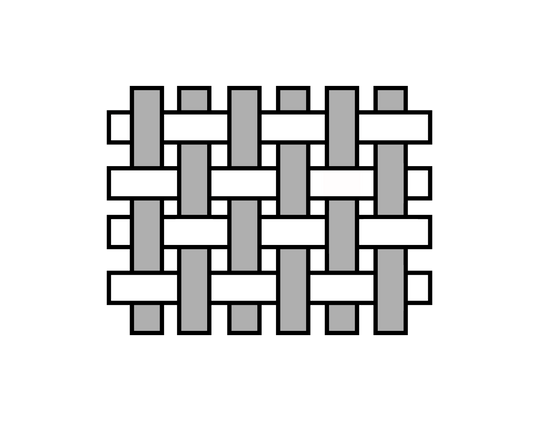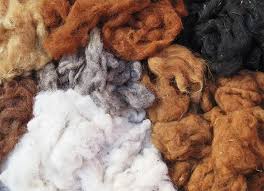Milk casein is a regenerated fiber similar to wool, developed in Italy by Antonio Ferreti in 1930. Initially used as a whitewash for painting churches in the 14th century, milk casein has evolved into a textile fiber with distinct characteristics.
The History of Milk Casein

Milk casein dates back to the 14th century, initially used as a whitewash to paint churches. Casein-based paints applied to churches dating from the 14th and 15th centuries are still shiny and unfaded. Milk casein fiber was developed in Italy by Antonio Ferreti in 1930, exploiting the chemical properties and benefits of casein as a textile material.
The Properties of Milk Casein

Smoother and Softer than Wool: Milk casein provides a smoother and softer texture than wool, ideal for clothing and textiles.
Flammable and Heat Sensitive: Like wool, milk casein is flammable and can become plastic and sticky at high temperatures, requiring careful handling under certain conditions.
Susceptible to Mold: Milk casein is easily damaged by mold, requiring special care for its maintenance and storage.
Why Choose Milk Casein?

Choosing milk casein for your textiles offers you a sustainable and comfortable alternative, with unique properties that can rival those of traditional wool. Whether for clothing or accessories, milk casein combines softness, rapid moisture absorption, and a chemistry similar to wool, while offering a rich history and durability that has been valued for centuries.







